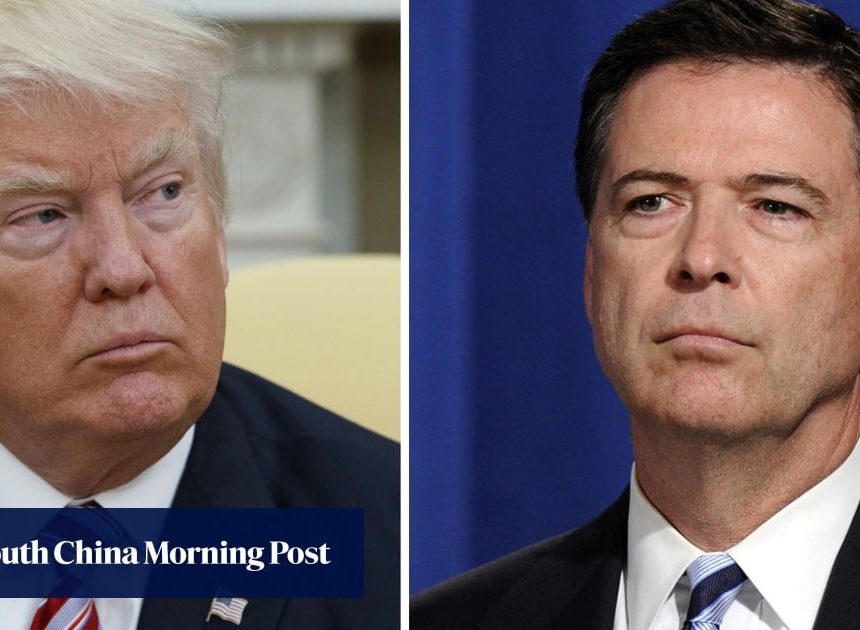Climate action has long been a flagship European policy. As negotiators gather in Brazil for Cop30, however, Europe’s leadership risks faltering. Things were very different a decade ago in Paris, when a landmark deal to limit global heating to 1.5C was achieved at Cop21. That agreement relied on an understanding between the US and China – one that would be difficult to replicate today. Its ambition was elevated by Europe acting in concert with a broad coalition of global south countries.
The Paris climate agreement paved the way for the European Green Deal in 2019, which enshrined into law the ambition of climate neutrality in the EU by 2050 and introduced the world’s first comprehensive plan to achieve it, featuring a robust set of pricing, regulatory and funding measures.
Admittedly, not everything was flawless. In envisioning a green future, European politicians failed to account sufficiently for the social impact of the energy transition. The EU’s efforts to engage with and compensate those who stood to lose fell short. Regions and workers reliant on carbon-intensive industries, disadvantaged social groups and poorer countries disproportionately affected by the climate crisis and regressive economic consequences of the transition were all hit. Criticism of these failings is valid, but the EU undeniably backed its commitments with action, putting its money where its mouth was.
Today in Brazil, Europe’s climate leadership could unravel. This is not only because the US has again withdrawn from the Paris agreement and the Trump administration is actively seeking to undermine other countries’ commitments, including those in Europe. Nor is it solely because countries in the global south – from India and Indonesia to the Gulf states and Turkey – refuse to compromise growth for climate, blaming the global north, especially Europe, for the crisis. It is also because Europe itself, gripped by an internal “greenlash”, risks going missing in action.
After the Covid-19 pandemic and Russia’s full-scale invasion of Ukraine, the dominant narrative around the Green Deal’s potential to drive investment and innovation shifted. Nationalist and far-right groups gained traction as they turned the deal into a bogeyman: an ideological project driven by liberals and the left – wittingly or unwittingly in league with China – to weaken Europe. These forces, alongside entrenched fossil fuel and agricultural lobbies, repeatedly claimed that the Green Deal would cause Europe’s deindustrialisation and allow Beijing to exploit new green interdependencies.
As Hannah Arendt observed decades ago, the more falsehoods are repeated, the more they harden into convictions. Bashing of the Green Deal spread from the political fringes and polluted the centre-right, amplified externally by pressure from the Trump administration and leading gas exporters such as Qatar. Washington and Doha, for instance, threatened to withhold gas shipments unless the EU diluted or abandoned its sustainability reporting requirements. Today, the Green Deal has vanished from the European lexicon, replaced with “competitiveness”, “technological neutrality” and “bureaucratic simplification” alongside defence.
Optimists had hoped this was merely a rhetorical shift to make climate policy more politically palatable. Unfortunately, the reality is more troubling. The EU has significantly weakened its 2040 greenhouse gas reduction plans, embedding review clauses to allow for backsliding at times of economic downturn and relying on scientifically dubious carbon credits.
Unsurprisingly, far-right governments in Italy and central and eastern Europe have led the push for retreat. The EU has also delayed the expansion of its emissions trading scheme to homes and transport, as well as the implementation of its deforestation regulation. It may yet delay or dilute its 2035 ban on new combustion engine cars. Further rollbacks are expected under the guise of bureaucratic simplification, with its “omnibus package” set to undermine sustainability, due diligence and, among other measures, the EU’s carbon border adjustment mechanism (CBAM).
after newsletter promotion
Much of this amounts to Europe shooting itself in the foot. When the EU championed climate leadership, it did so not only out of idealism but also because, as a fossil-fuel-poor continent, its energy security and prosperity depended on it. This is precisely why China, also a hydrocarbon importer, followed Europe’s lead in advancing renewables and green technologies. Yet, while China accelerates its efforts, Europe risks slowing down, seemingly forgetting that climate principles and economic prosperity are intertwined.
The paradox deepens as Europe undermines its own global standing as a climate leader. For one, this backtracking makes China appear more virtuous than it is. European countries pledged to cut emissions by between 66.3% and 72.5% by 2035 ahead of Cop30. But last-minute dilution of these targets casts a cloud over the ambition, compared with China, which aims for only a 10% reduction over the next decade.
The planned introduction on 1 January 2026 of the CBAM on imported products has already prompted countries such as Brazil, Turkey and Japan to introduce or tighten domestic carbon pricing to avoid the EU levy. But rather than celebrating this success as evidence the mechanism will work, the EU may now backtrack, bowing to pressure for a radical overhaul of it before its full implementation.
Europe far outpaces China and the US when it comes to climate finance. However, a soured relationship with the global south means Europe has less combined clout to press China to meet its responsibilities.
Not all is lost. Europe remains at the forefront of the journey towards net zero in terms of targets, policies and finance. But its self-interest remains in leading the charge in advancing climate action and once again finding political common cause with the global south.


